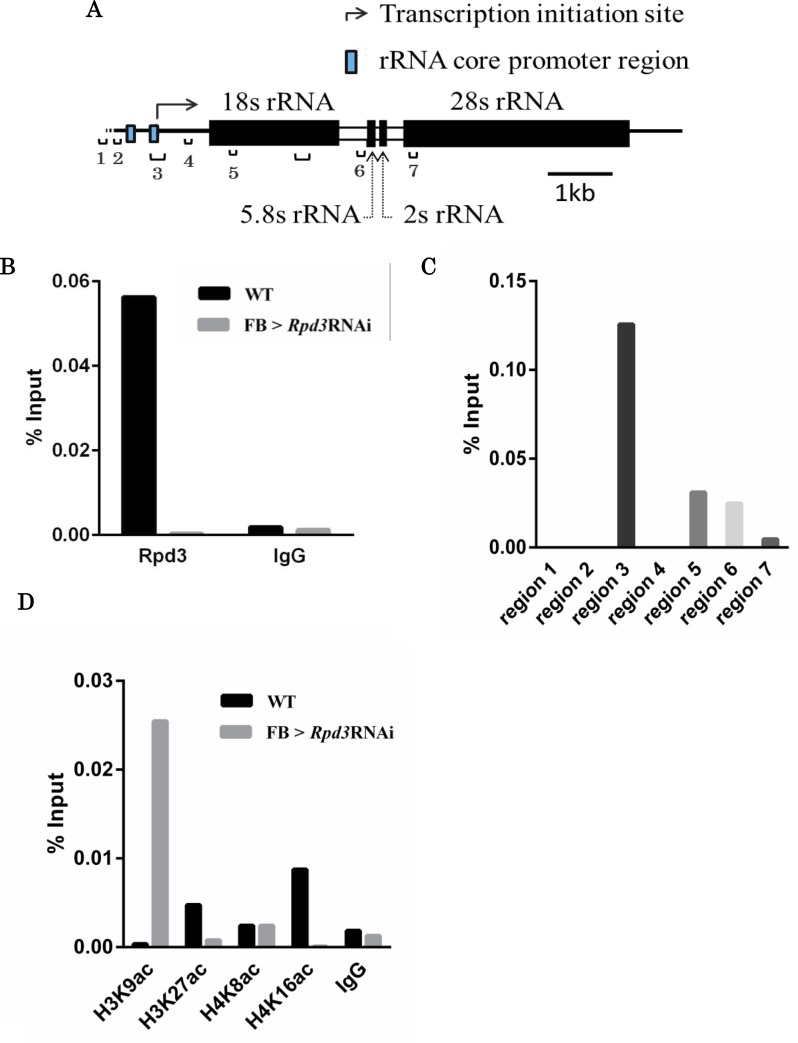Fig 4. Rpd3 binds to the genomic region containing the rRNA core promoter.
A. Schematic illustrations of the Drosophila rRNA gene region. The amplified regions 1 to 7 in the ChIP-qPCR assay are shown. Region 3 corresponds to the rRNA core promoter region. The amplified region in the RT-qPCR is also shown as the bracket without numbers. B. Rpd3 binds to the 18srRNA promoter region in wild type flies but not in the Rpd3 knockdown flies. CHIP–qPCR assays were performed with Canton S (WT) or Rpd3 knockdown (w; Fb-GAL4 /+; HDAC1JF01401/+) adult male flies at 6 h starved. Either anti-Rpd3 IgG or control IgG was used for the chromatin immunoprecipitation. Region 3, corresponding to the rRNA core promoter region, was amplified. C. Rpd3 binds specifically to the 18s rRNA core promoter region. ChIP–qPCR assays were performed with Canton S adult male flies at 6 h starved. The primer sets for qPCR were designed for regions 1 to 7, shown in panel A. D. Acetylation state of histones H3 and H4 under starvation. ChIP–qPCR assays were performed with Canton S (WT) or Rpd3 knockdown (w; Fb-GAL4 /+; HDAC1JF01401/+) adult male flies at 6 h starved. Either anti-histone H3K9ac IgG (H3K9ac), anti- histone H3K27ac IgG (H3K27ac), anti-histone H4K8ac IgG (H4K8ac), anti-histone H4K16ac IgG (H4K16ac), or normal mouse IgG (IgG) was used for the chromatin immunoprecipitation. The primer sets for qPCR were designed for region 3, corresponding to the rRNA core promoter region.

